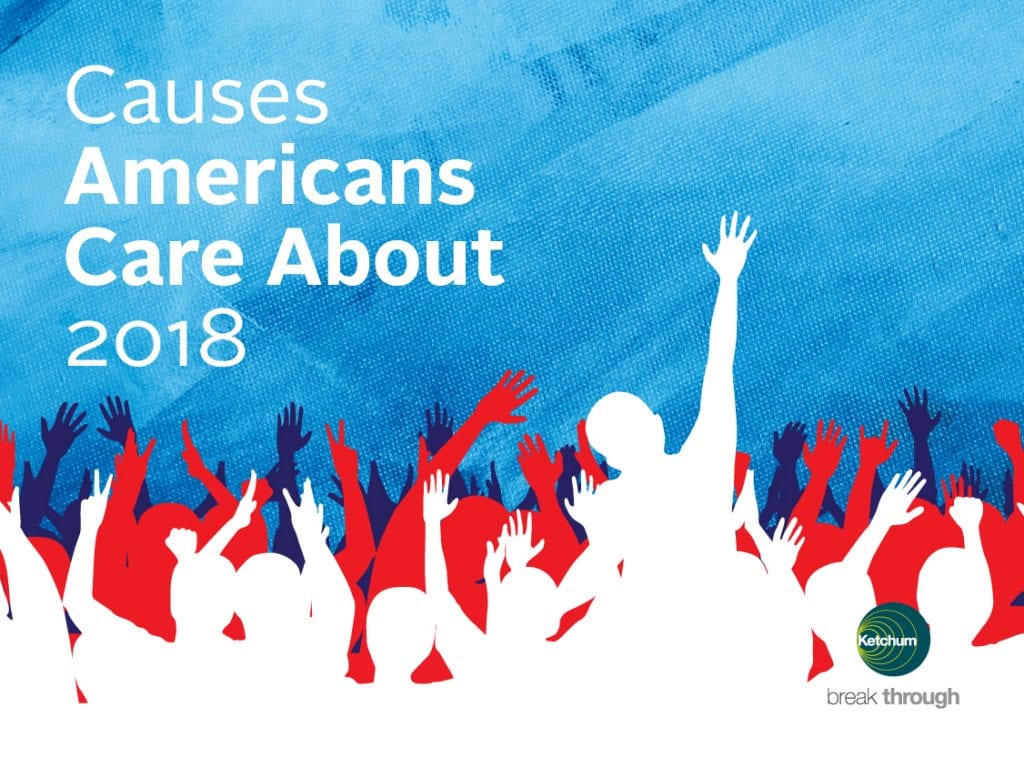 Nearly 50 years ago, the U.S. passed legislation to ensure the air we breathe and water we drink is clean, and that endangered animals and federal lands are protected. For 20 years, enforcement of these laws ranged from full swing or lapsed, depending on the political winds. And then something remarkable occurred: the American people took over and started a movement, spurring action to protect the environment.
Nearly 50 years ago, the U.S. passed legislation to ensure the air we breathe and water we drink is clean, and that endangered animals and federal lands are protected. For 20 years, enforcement of these laws ranged from full swing or lapsed, depending on the political winds. And then something remarkable occurred: the American people took over and started a movement, spurring action to protect the environment.
Today, with 195 countries and over 1 billion people participating, Earth Day has taken on a life of its own. Heightened awareness of the scary state of water – in our tap, our oceans and our soil – is making 2018 the year of clean water.
I firmly believe that clean water is a fundamental right in life, but it’s hard to focus on water when there are so many pressing issues that need addressing, from hunger, education, mental illness, and gun rights to gender issues and disaster relief.
Apparently, I’m not alone. For the past three years, Ketchum Purpose has conducted a study on the Causes Americans Care About. Each year, a few causes such as animal welfare consistently rise to the top, but this year it seems like the overall cause landscape has become more fragmented, with the data showing less concentration of support around a short list of causes than in 2016 and 2017. On the one hand, this is encouraging because it could indicate that overall social consciousness is growing among American consumers.
But it is might also mean that our attention span is fragmented, too. There is no shortage of headlines about information overload. And anyone who is even an occasional user of social media has been bombarded with words and pictures that tug at our heart strings, as well as appeals for support that tug at our purse strings. While these campaigns and the needs behind them are all important, the competition for mind-share among potential supporters is so intense that it can be difficult for NGOs or companies pursuing socially responsible activities to stand out.
So what’s an organization to do?
The shifting landscape of consumer attitudes revealed in this year’s study shows that it’s important to dig into the consumer insights, track year-over-year changes and note the differences by demographic so that you make decisions that will maximize the social and financial impact of your purpose-related initiatives. It is equally important to:
Stay True to Your Brand:
Monitor outside influences that may impact people’s attitudes, but don’t lose sight of your brand values. Accept that you may lose customers; however, the ones that remain tend to be very loyal.
Plan for Sparks:
With the proliferation of social media, it can be hard to anticipate what may turn a spark into a flame (or a full-on crisis). Planning and thinking sideways may help you anticipate potential issues and better prepare a response.
Don’t Neglect the Basics:
Preserving the earth is paramount to our ability to live and thrive. No matter what major causes your organization supports, reducing your environmental footprint should become part of your corporate DNA.
Fight for Mind-share:
Land on a message that works for your brand and make sure it is carried through in all your communications.
With Earth Day around the corner, it is interesting to note that the study showed the environment had one of the largest drops in support – 10 percentage points from 2016 to 2018. This might be explained by the fact that other causes competed more successfully for consumer mind-share, but the environment as a cause is also under threat because it is polarizing and, as shown by Pew research on how Americans view environmental issues, it has been caught in the web of a growing partisan divide in the U.S.
Seeing the environment drop in popularity as a cause is rather scary. After all, without clean air, water and soil, all the other issues we care about are irrelevant. So, on April 22, no matter what other causes are high on your organization’s list, do something active to help preserve the environment. Because if our actual landscape is in peril, there won’t be a metaphoric cause landscape to talk about.
A similar version of this post can be found on www.sustainablebrands.com.



